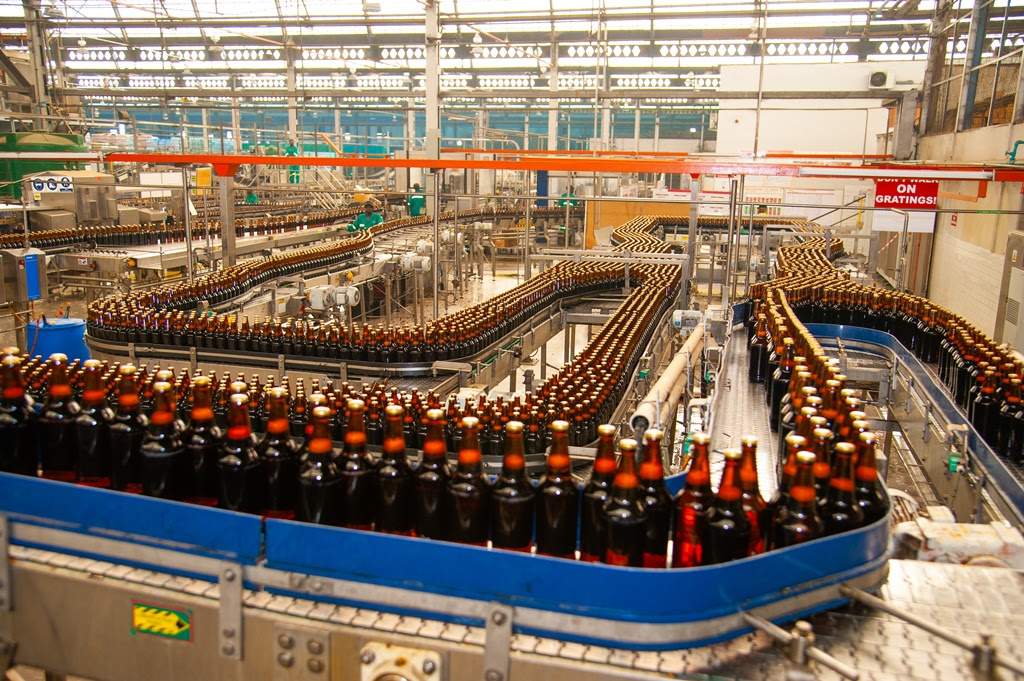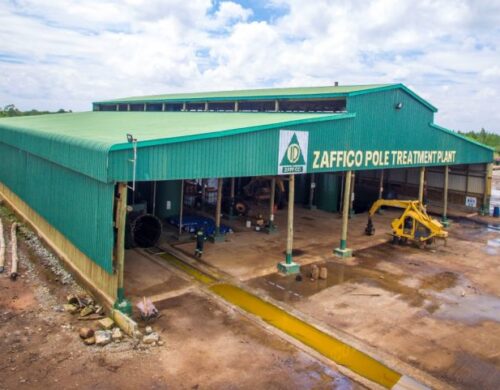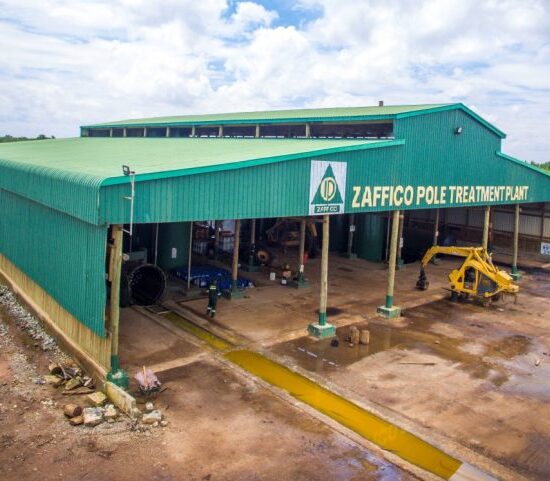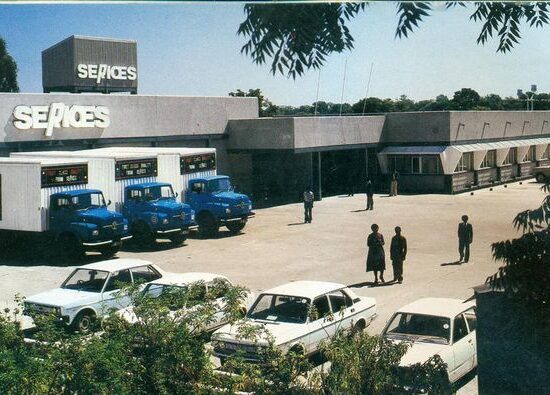
The Zambia Association of Manufacturers (ZAM) says the looming price hikes for fuel and electricity will result in the increase of the cost of production, cost of transportation and price of locally manufactured products.
Association President Ashu Sagar said with the removal of subsidies on fuel and electricity, the anticipation is that looming price hikes for fuel and electricity await Zambians in 2022 and the Zambia Association of Manufacturers foresees these price hikes as a hindrance to meeting the inflation targets in 2022.
According to information made available to the Zambian Business Times-ZBT, Sagar said fuel and electricity are key raw materials in the manufacturing sector and account for large costs in many production processes and supply chains.
He said electricity in Zambia is already marred with erratic supply, therefore increasing the price of electricity coupled with downtime from load management increases the operating costs of manufacturers significantly.
Sagar added that the increase in the cost would inevitably be passed on to the consumer in order to ensure the manufacturers remain profitable, contribute to government revenue and survive noting that the increase in the price of manufactured products would be exacerbated by the increase in the transportation costs, which will be induced by the fuel price hike.
He noted that having been subjected to a turbulent period during the Covid-19 pandemic coupled with an unstable economic environment, ZAM is of the view that a phased removal of subsidies will allow manufacturers and consumers to have a smoother transition into higher costs than an outright full removal of subsidies, which will not factor in consumer welfare.
ZAM has a goal to grow the manufacturing sector in Zambia to start contributing about 20% of the gross domestic products – GDP. Zambia’s potential in manufacturing remains largely untapped even in the copper value chain were the country currently exports semi-processed copper when it can export finished copper cables and other finished copper products which can double or even quadruple the current GDP.









